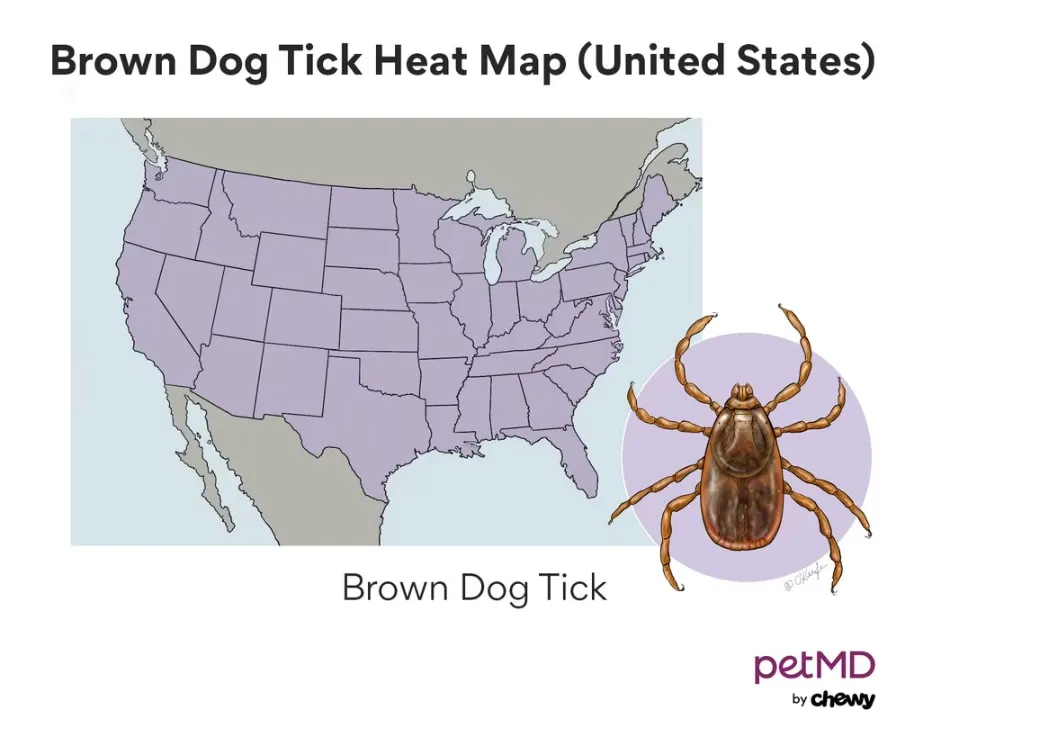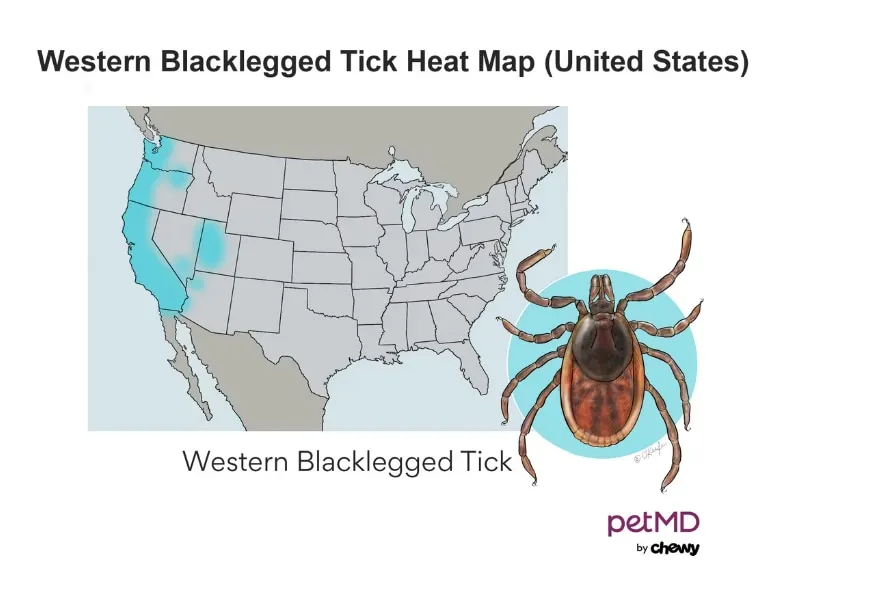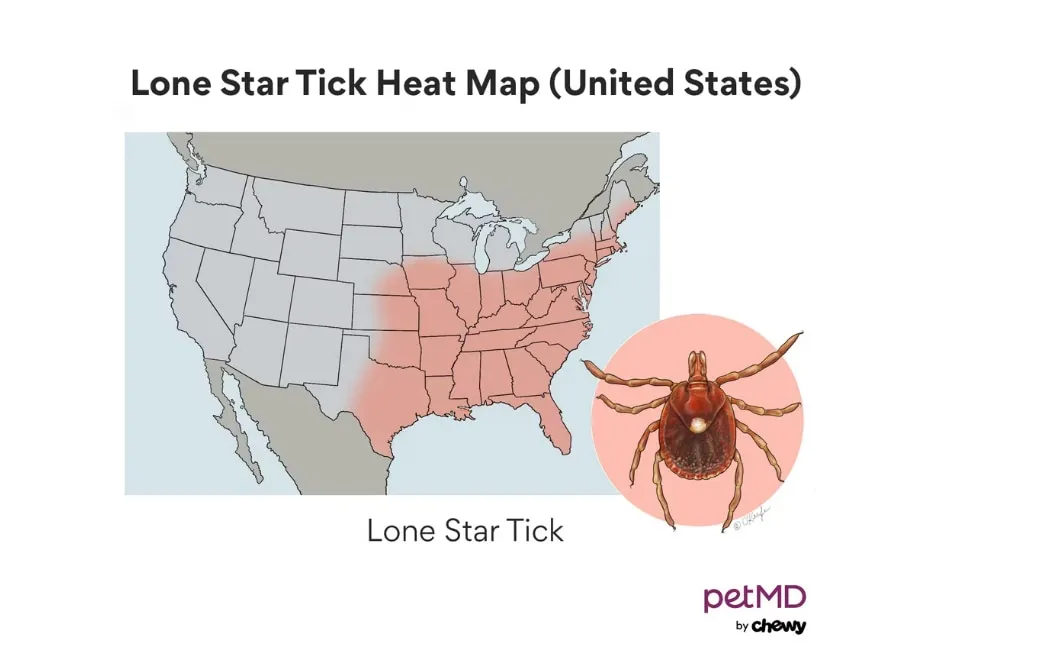Keeping your dog healthy and happy is paramount for any pet owner, and a cornerstone of this is consistent preventative care. One of the most crucial aspects of this is implementing effective flea and tick prevention. These common external parasites are more than just a nuisance; they can pose significant health risks to your beloved canine companion and even your family. Understanding the “Best Type Of Flea And Tick Prevention For Dogs” is key to safeguarding their well-being.
Fleas and ticks are ectoparasites, meaning they live on the exterior of their host. To survive, they must feed on blood. The direct consequences of their bites can range from severe allergic reactions, skin irritation, and intense itching to serious conditions like anemia and infections. Tick bites, in particular, can transmit a host of dangerous diseases, leading to paralysis, abscesses, and in severe cases, can be fatal. Beyond the direct impact on your dog, these parasites can also act as vectors for diseases transmissible to humans, highlighting the importance of a robust prevention strategy not just for your pet, but for your entire household.
Why Flea and Tick Prevention is Non-Negotiable for Dogs
The necessity of flea and tick prevention stems directly from the health threats these parasites pose. Flea saliva can trigger hypersensitivity in some dogs, leading to a condition known as flea allergy dermatitis, characterized by intense itching and skin inflammation. Anemia can develop from significant blood loss, especially in puppies or heavily infested animals. Furthermore, fleas can transmit tapeworms, which can also infect humans.
Ticks are equally, if not more, concerning due to the variety of diseases they can carry and transmit. These include Lyme disease, Rocky Mountain spotted fever, ehrlichiosis, anaplasmosis, and babesiosis, among others. The symptoms of these tick-borne illnesses can be severe and debilitating, affecting various organ systems and requiring extensive and costly treatment. Therefore, proactive measures to prevent infestations are not merely a matter of comfort, but a critical component of responsible pet ownership and public health.
When Should Flea and Tick Prevention Begin?
Fleas and ticks are resilient pests capable of surviving in diverse climates and environments. Given the serious diseases they can transmit, starting preventative measures for your dog is recommended as early as 8 weeks of age. Crucially, continuous, year-round protection is advised for all dogs, regardless of their age or lifestyle. Parasite populations can persist even in cooler months, and year-round prevention ensures consistent protection against potential infestations and the diseases they carry.
Selecting the Best Type of Flea and Tick Prevention for Dogs
The market offers a wide array of products designed to combat fleas and ticks. These often work through various mechanisms, including acting as pesticides, repellents, or insect growth regulators, targeting different life stages of the pests to prevent infestations.
Some products are designed to target only one type of parasite, typically fleas. However, combination flea and tick preventatives for dogs are generally more comprehensive, containing multiple active ingredients to address a broader spectrum of pests. These advanced formulations may also offer protection against other common health concerns such as heartworm disease, skin and ear mites, and various intestinal parasites.
For instance, products like Credelio Quattro offer extensive parasite protection, addressing six common types: fleas, ticks, heartworms, roundworms, hookworms, and tapeworms.
When considering any flea and tick medication, consulting with your veterinarian is paramount. They can help you choose a product that is safe and effective for your specific dog. Key factors to discuss with your vet include:
- Species Appropriateness: Ensure the product is specifically formulated for dogs, not cats, as some ingredients can be toxic to felines.
- Weight and Age: Products have specific weight and age restrictions to ensure safety and efficacy.
- Targeted Parasites: Confirm the product effectively covers the parasites prevalent in your geographic area.
- Administration: Understand whether the product should be given with food.
- Dosage and Frequency: Adhere strictly to the recommended administration schedule.
- Efficacy Timeline: Know how long it takes for the product to become fully effective.
- Bathing Protocols: Understand how soon after application your dog can be bathed or swim.
- Adverse Reactions: Be aware of potential side effects and what to do in case of an adverse reaction.
1. Application Method: Oral vs. Topical
Flea and tick preventatives generally come in two primary application forms:
- Oral: These are typically flavored chewable tablets that your dog ingests. They can be a convenient option, often administered like a treat. It’s important to ensure your dog consumes the entire tablet for full efficacy.
- Topical: These are liquid medications applied directly to the dog’s skin, usually between the shoulder blades or along the spine. Topical treatments can be a good choice for dogs that are finicky eaters or have sensitive stomachs. However, caution is needed in households with young children or other pets, as direct contact with the application site before it dries can be problematic. Furthermore, if your dog frequently swims or requires regular bathing, topical treatments might be less effective as water can wash away the active ingredients.
2. Geographical Considerations
The prevalence of fleas and ticks varies significantly by region. Understanding the specific parasite populations in your local area is crucial for selecting the most appropriate preventative. Resources like the Companion Animal Parasite Council (CAPC) can provide valuable insights into regional parasite risks, helping you choose a product that offers robust protection against the pests most likely to be encountered by your dog.
 Dog encountering ticks in a wooded area
Dog encountering ticks in a wooded area
3. Lifestyle and Outdoor Exposure
The amount of time your dog spends outdoors and the environments they frequent directly influence their risk of exposure to fleas and ticks. Areas like dog parks, hiking trails, wooded regions, and even grassy backyards can be common habitats for these parasites. Dogs that are highly active outdoors, especially in areas frequented by other animals, face a higher risk. However, it’s important to remember that fleas can easily hitch a ride indoors on clothing, shoes, or even through screens, making prevention essential even for primarily indoor dogs.
 Close-up of a tick on a dog's fur
Close-up of a tick on a dog's fur
4. MDR-1 Gene Mutation
Certain dog breeds, including Collies, Australian Shepherds, and Shetland Sheepdogs, may carry a gene mutation known as MDR-1. This mutation affects how their bodies metabolize certain medications, potentially leading to adverse reactions. Many veterinarians recommend testing dogs from these breeds for the MDR-1 gene. While many manufacturers have tested their products for safety in MDR-1 positive dogs, it’s a factor to discuss with your veterinarian.
 Dog breed examples: Collie, Australian Shepherd
Dog breed examples: Collie, Australian Shepherd
5. Life Stage and Size
Puppies and smaller dog breeds require specific formulations of flea and tick preventatives. Always consult your veterinarian to ensure the chosen product is appropriate for your dog’s age and weight. Most products have a minimum age of 8 weeks, but some, like Revolution Topical Solution for Kittens and Puppies, can be used as early as 6 weeks.
 Puppy playing outdoors
Puppy playing outdoors
6. Pre-existing Medical Conditions
Dogs with certain medical histories require extra consideration. For instance, isoxazoline-class preventatives should be used with caution in dogs with a history of seizures or neurological disorders, as they may increase the risk of breakthrough seizures. If your dog has a history of allergic reactions to medication, is underweight, sick, pregnant, nursing, or intended for breeding, thorough consultation with your veterinarian is crucial before administering any flea and tick preventative.
Over-the-Counter vs. Prescription Flea and Tick Medication
Flea and tick preventatives are available in two main categories: over-the-counter (OTC) and prescription.
Over-the-Counter (OTC) Products
OTC products do not require a veterinarian’s prescription and are readily available at pet stores and online retailers. While convenient, it is still highly recommended to consult your veterinarian to ensure the chosen OTC product is a safe and effective option for your pet.
Prescription Products
Prescription medications, requiring a veterinary prescription, are typically recommended by veterinarians due to their generally higher efficacy and improved safety profiles. They often represent a more targeted and robust approach to parasite control.
Popular Flea and Tick Prevention Products for Dogs
Numerous brands and formulations are available, each with its unique active ingredients and benefits. Here are some widely recognized options:
Advantage II
A topical monthly treatment containing imidacloprid and pyriproxyfen. It effectively kills fleas in all life stages (eggs, larvae, adults) and chewing lice within hours. It does not provide tick prevention. Suitable for dogs and puppies 7 weeks and older, weighing over 3 pounds.
Advantage Multi
This topical monthly product uses imidacloprid and moxidectin. It treats fleas, sarcoptic mange, and intestinal parasites (hookworms, roundworms, whipworms), and also prevents heartworm disease. Fleas are killed within hours, but other parasites may take up to 24 hours. It does not offer tick protection. For dogs and puppies 7 weeks and older, weighing over 3 pounds.
Bravecto
Available as a chewable tablet or topical solution, Bravecto contains fluralaner. It is fast-acting, killing fleas within two hours and ticks within 12 hours. It is also effective against demodectic and sarcoptic mange, and ear mites. Due to its isoxazoline class, it should be used with caution in dogs with a history of seizures or neurological disorders.
Comfortis
A monthly chewable tablet containing spinosad. Comfortis targets fleas exclusively and is known for its rapid action, killing fleas within 30 minutes of administration. It is for dogs and puppies 14 weeks or older, weighing over 5 pounds.
Credelio
Credelio is a monthly chewable tablet with lotilaner as the active ingredient, belonging to the isoxazoline class. It effectively treats fleas and ticks, with fleas being killed within four hours of administration. It is for dogs and puppies over 8 weeks old, weighing more than 4.4 pounds. Use with caution in dogs with seizure history.
Credelio Quattro
This comprehensive chewable tablet includes lotilaner for fleas and ticks, plus moxidectin (for heartworms, hookworms, roundworms), praziquantel (for tapeworms), and pyrantel (for hookworms and roundworms). It’s a monthly treatment for dogs and puppies 8 weeks and older, weighing at least 3.3 pounds.
Frontline Gold
A monthly topical treatment featuring fipronil, (s)-methoprene, and pyriproxyfen. It kills fleas, ticks, and chewing lice quickly, usually within hours. It’s for dogs and puppies over 8 weeks, weighing more than 5 pounds.
Frontline Plus
Similar to Gold, Frontline Plus uses fipronil and (s)-methoprene to kill fleas, ticks, and chewing lice. It’s a monthly topical application for dogs and puppies over 8 weeks, weighing more than 5 pounds.
Frontline Shield
This monthly topical product contains fipronil, permethrin, and pyriproxyfen. It kills fleas, ticks, chewing lice, and stable flies, and also repels mosquitoes, stable flies, and ticks. It starts killing fleas in five minutes and ticks within one hour. For dogs and puppies over 9 weeks, weighing more than 5 pounds. This product is highly toxic to cats and requires extreme caution in multi-pet households.
K9 Advantix II
A monthly topical treatment with imidacloprid, permethrin, and pyriproxyfen. It repels and kills fleas, ticks, mosquitoes, and chewing lice, and repels biting flies. It is fast-acting. For dogs and puppies over 7 weeks, weighing more than 4 pounds. This product is also highly toxic to cats.
Nexgard
Nexgard is a popular monthly chewable tablet containing afoxolaner. It is effective against fleas and various tick species, as well as for the extra-label treatment of sarcoptic and demodectic mange. Fleas are killed within four hours, and ticks within 48 hours. It is for dogs and puppies over 8 weeks, weighing more than 4 pounds. Use with caution in dogs with a seizure history.
Onguard Plus
A monthly topical product with fipronil and (s)-methoprene. It treats fleas, ticks, sarcoptic mange, and chewing lice. It’s for dogs and puppies over 8 weeks, weighing more than 5 pounds.
Seresto
Seresto is a collar that provides up to eight months of protection against fleas and ticks. It kills fleas within 24 hours and ticks within 48 hours. Its efficacy can be reduced by frequent bathing or swimming, potentially requiring replacement every five months. It is for dogs and puppies over 7 weeks of age.
Simparica Trio
This monthly chewable tablet combines sarolaner (an isoxazoline), moxidectin, and pyrantel. It treats fleas, ticks, roundworms, and hookworms, and prevents heartworm disease. It can also be used extra-label for demodectic mange, sarcoptic mange, and ear mites. It begins killing fleas and ticks within 12 hours. For dogs and puppies over 8 weeks, weighing more than 2.8 pounds. Use with caution in dogs with a seizure history.
Trifexis
A monthly chewable tablet containing spinosad and milbemycin oxime. Trifexis is effective against fleas, hookworms, roundworms, and whipworms, and prevents heartworm disease. It starts killing fleas within 30 minutes but does not provide tick protection. It’s for dogs and puppies 8 weeks or older, weighing over 5 pounds.
Vectra 3D
Vectra 3D is a monthly topical treatment containing dinitefuran, permethrin, and pyriproxyfen. It repels and kills fleas, ticks, mosquitoes, chewing lice, flies, and some mites. It starts killing parasites within hours. For dogs and puppies over 8 weeks, weighing more than 5 pounds. This product is highly toxic to cats.
References
- Companion Animal Parasite Council (CAPC): capcvet.org
- PetMD: petmd.com
